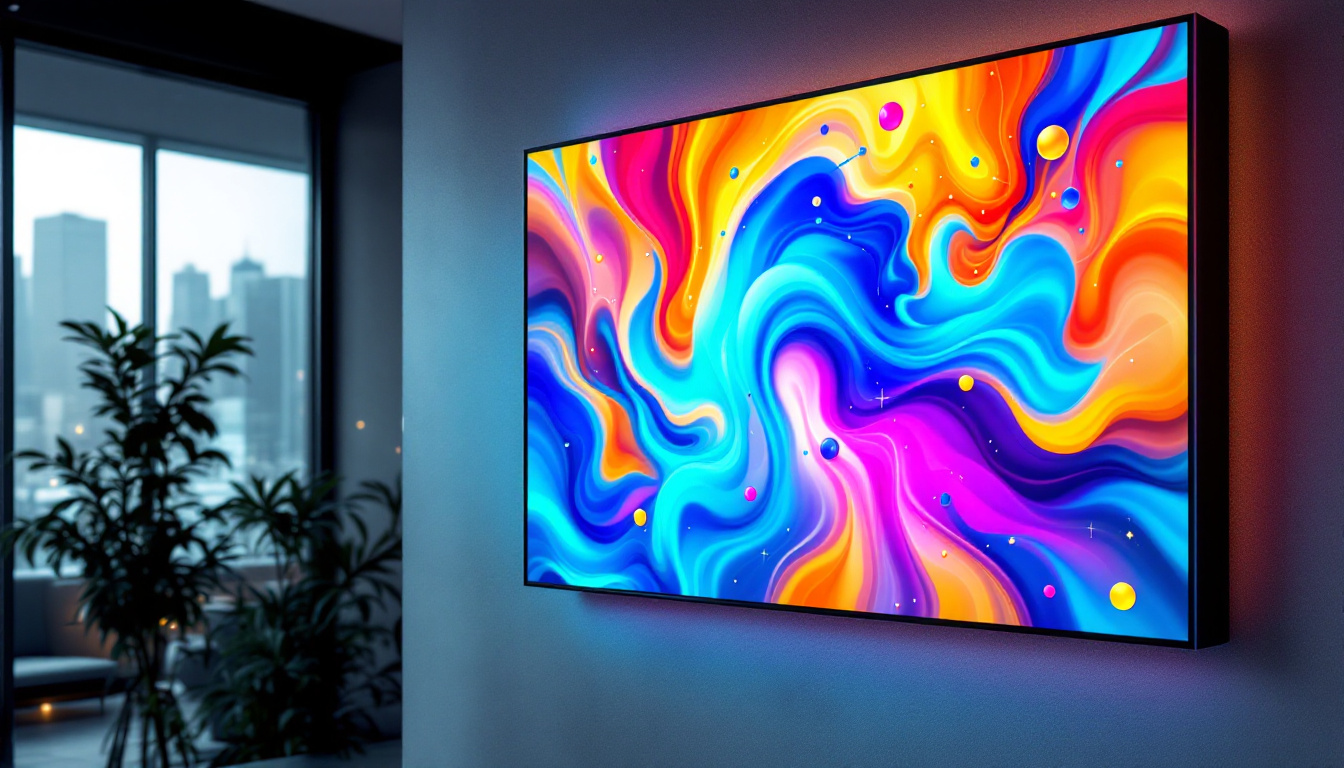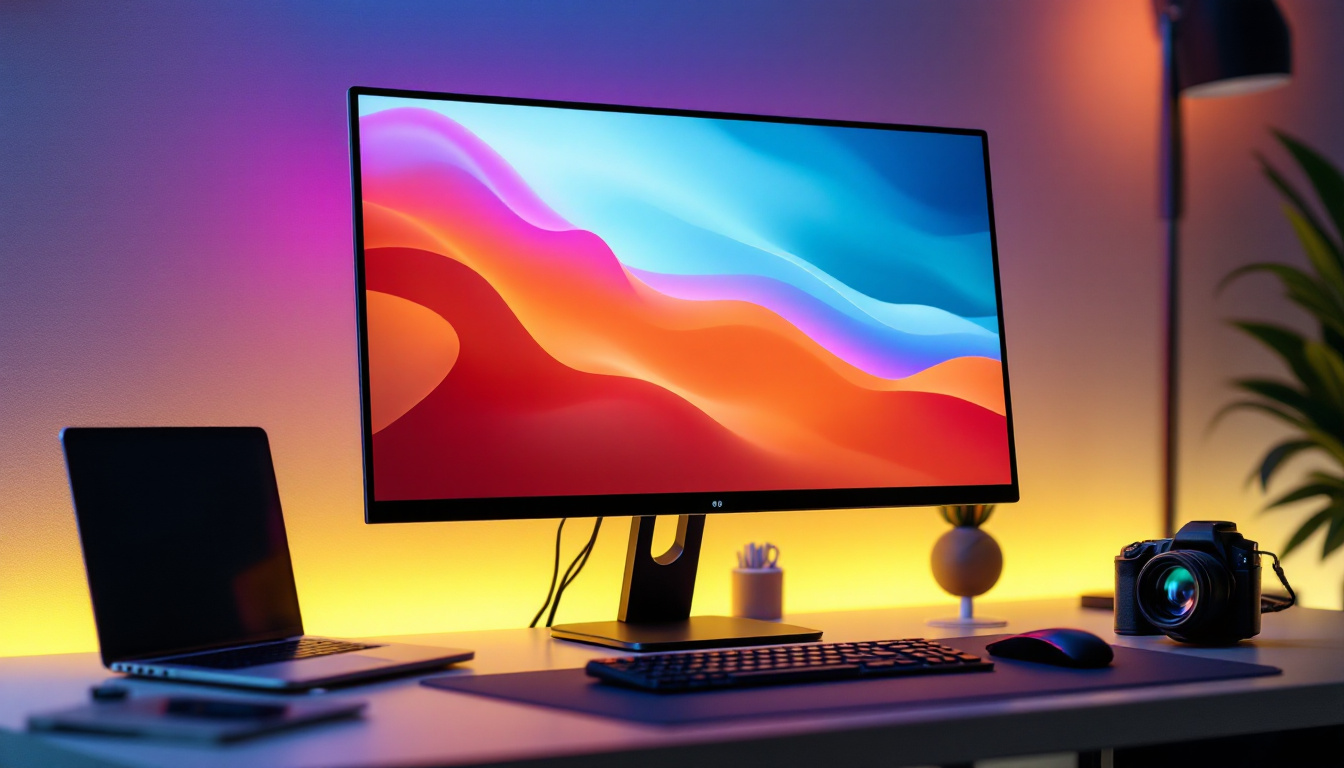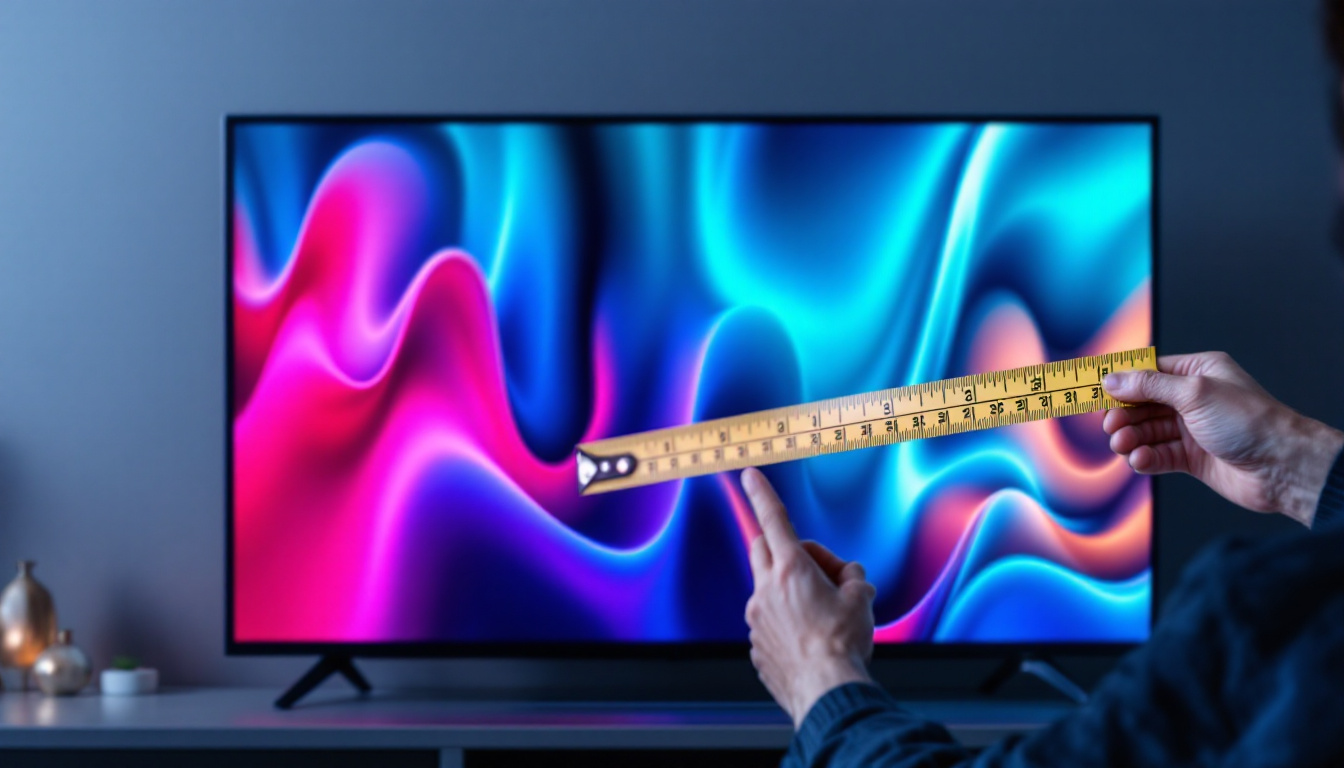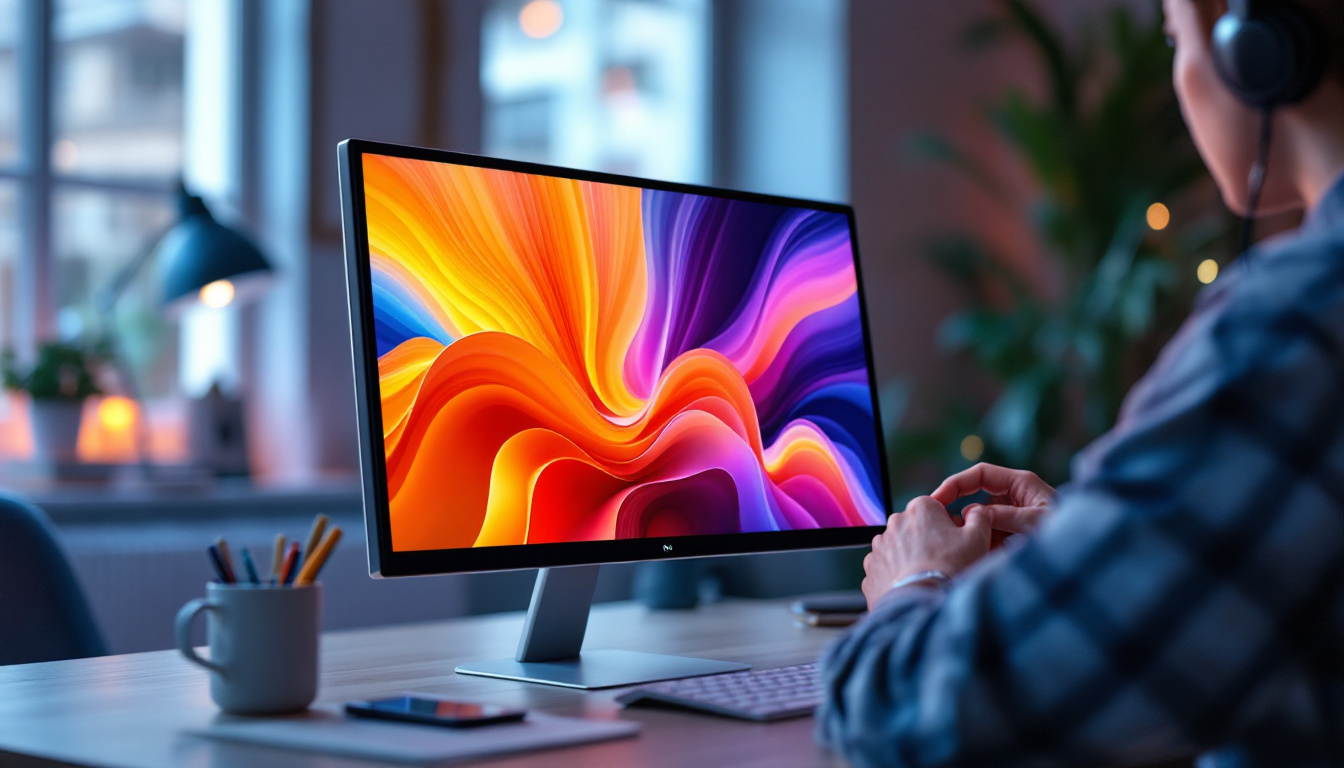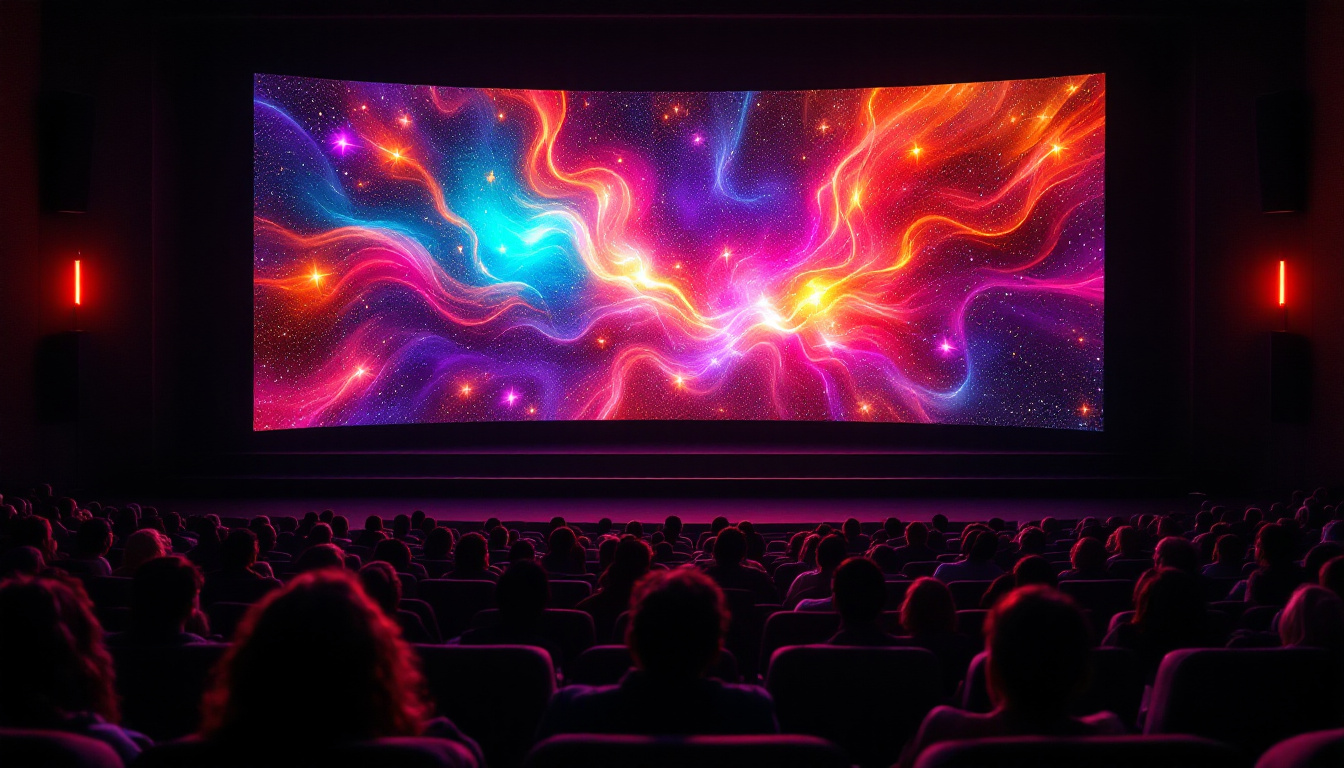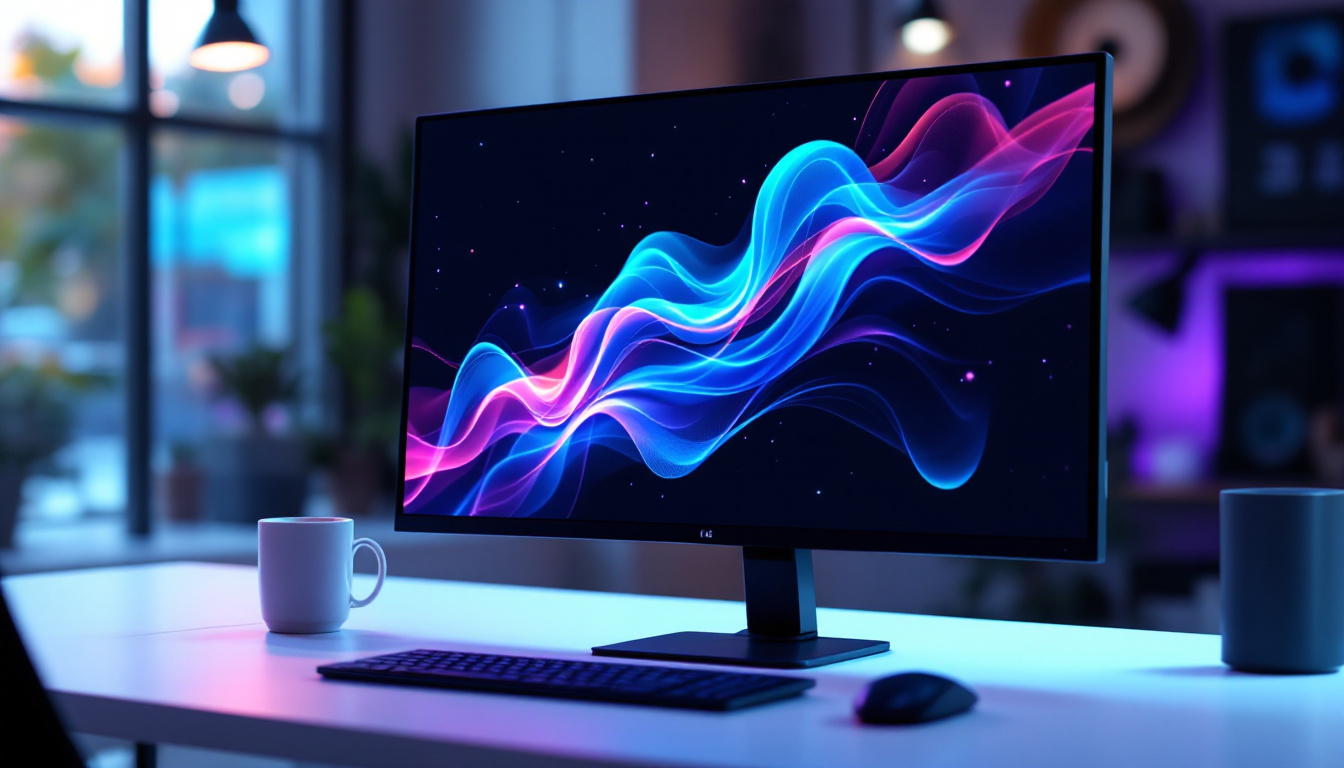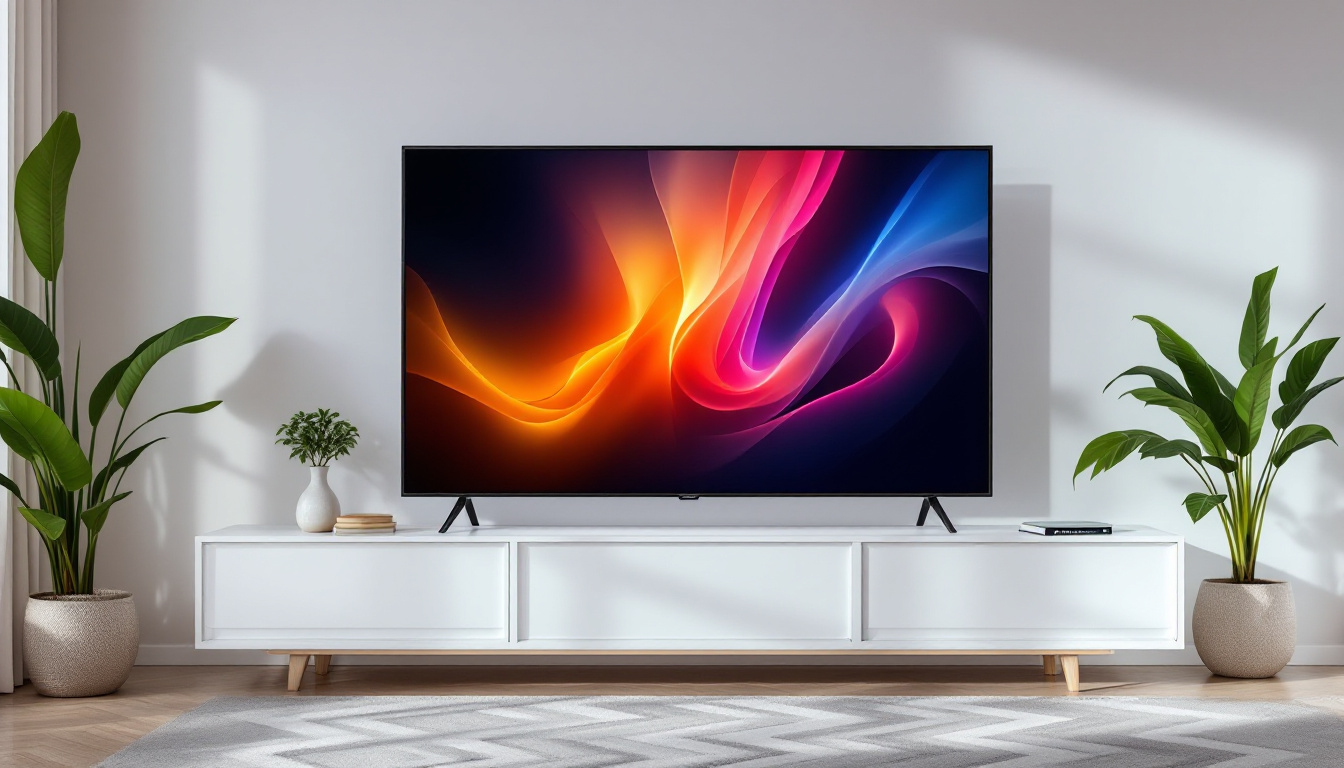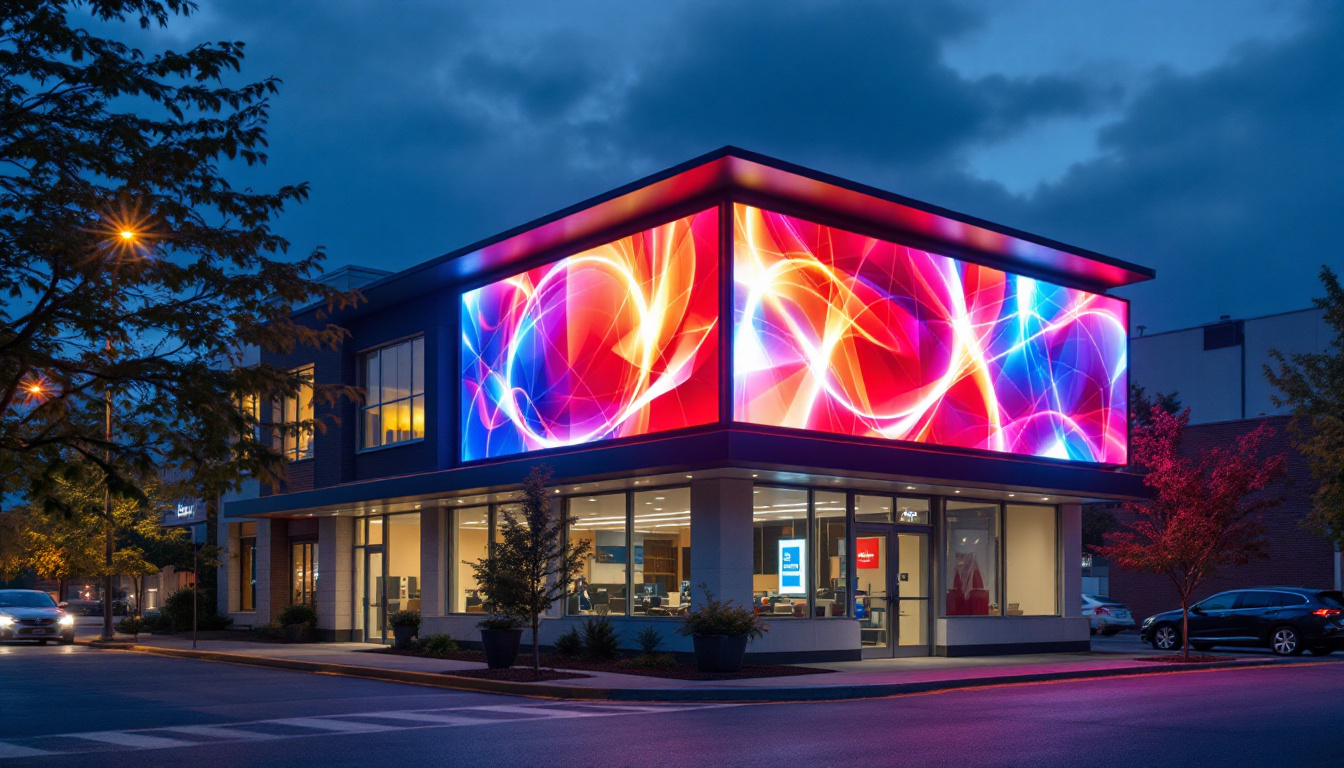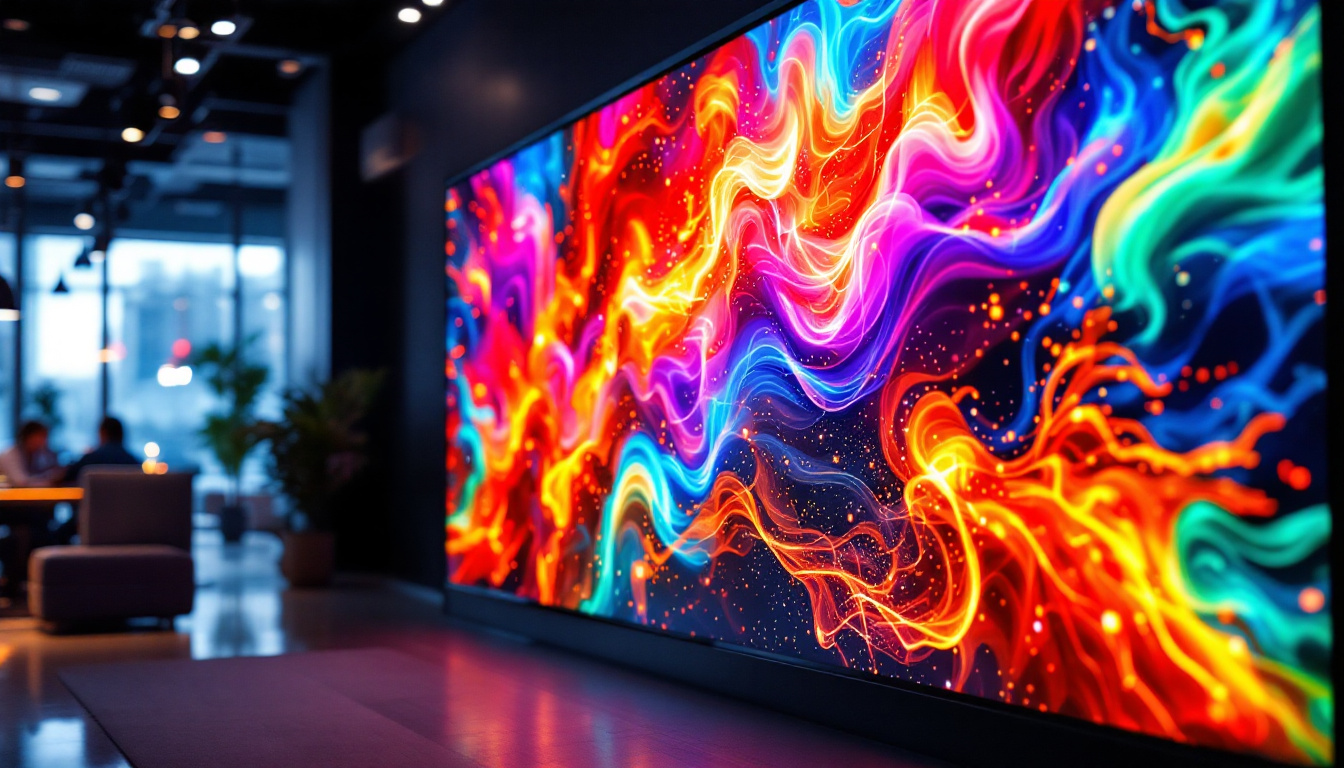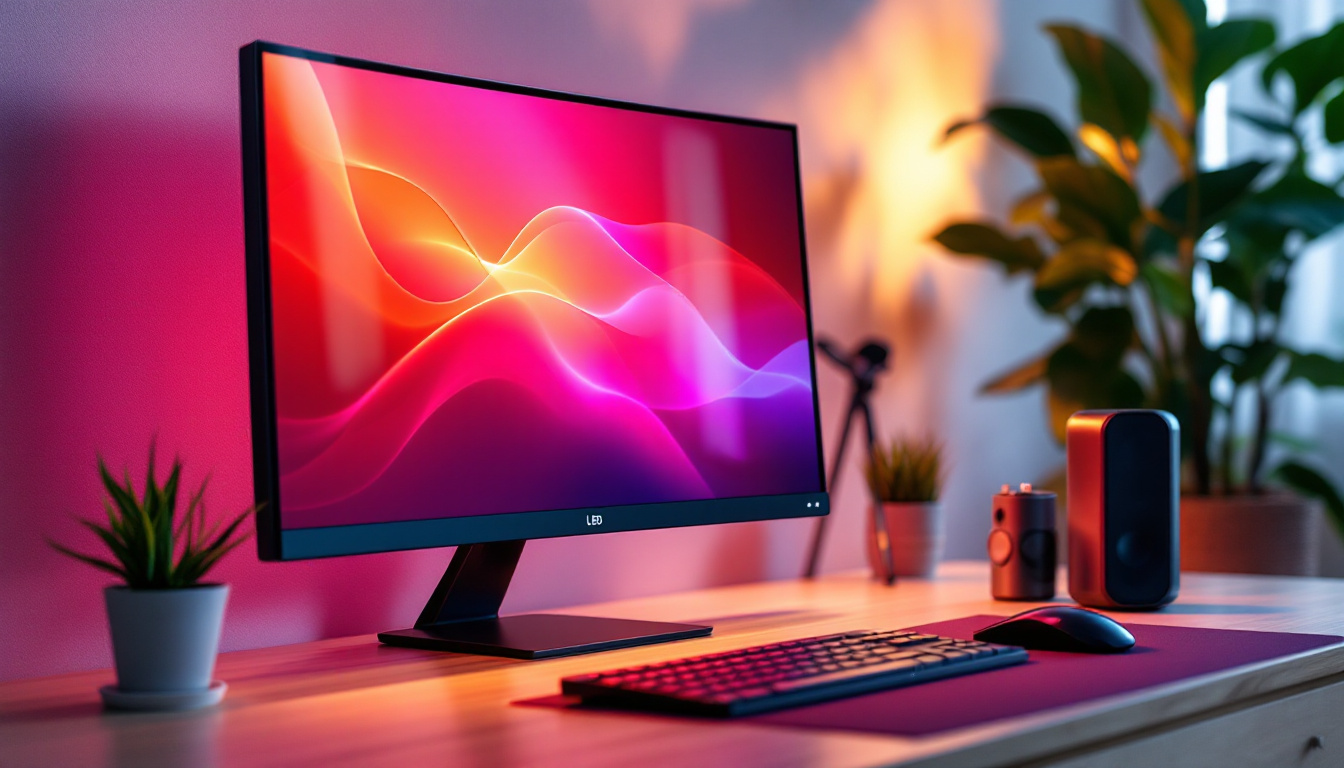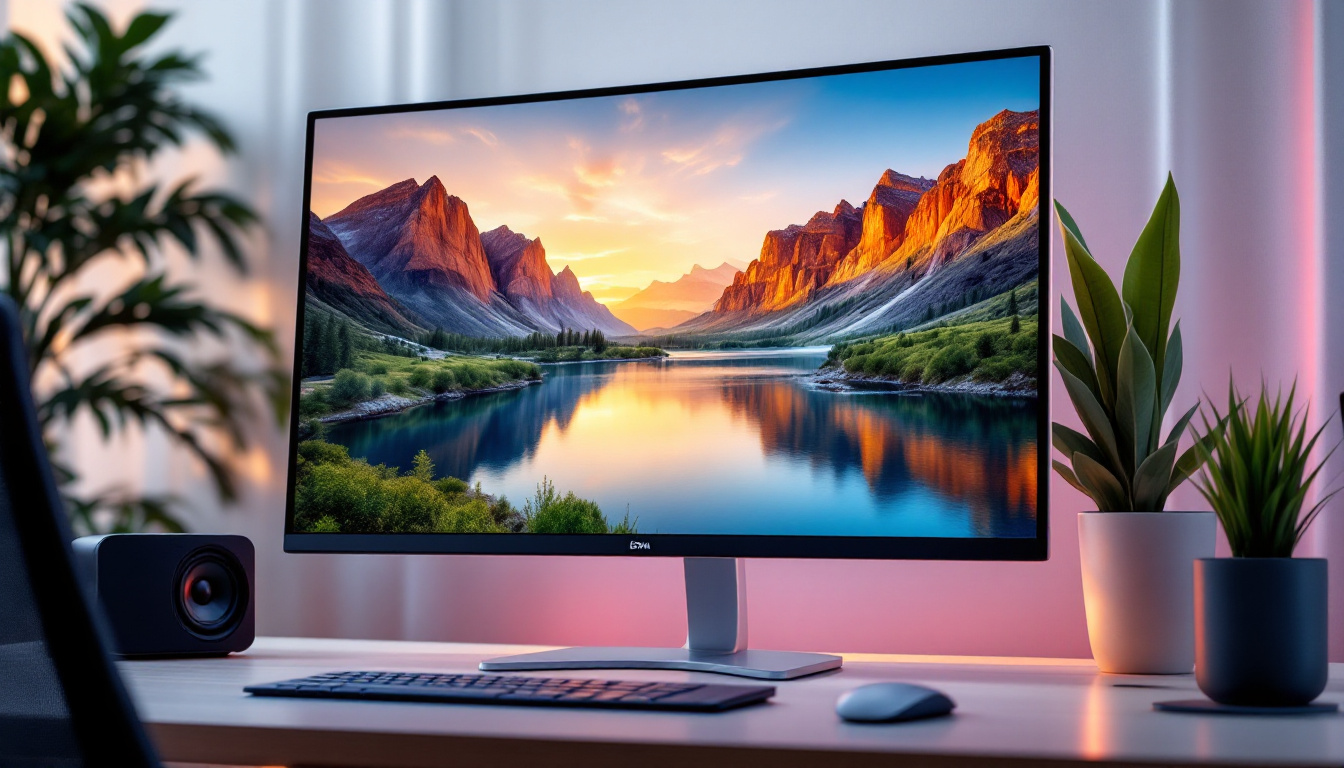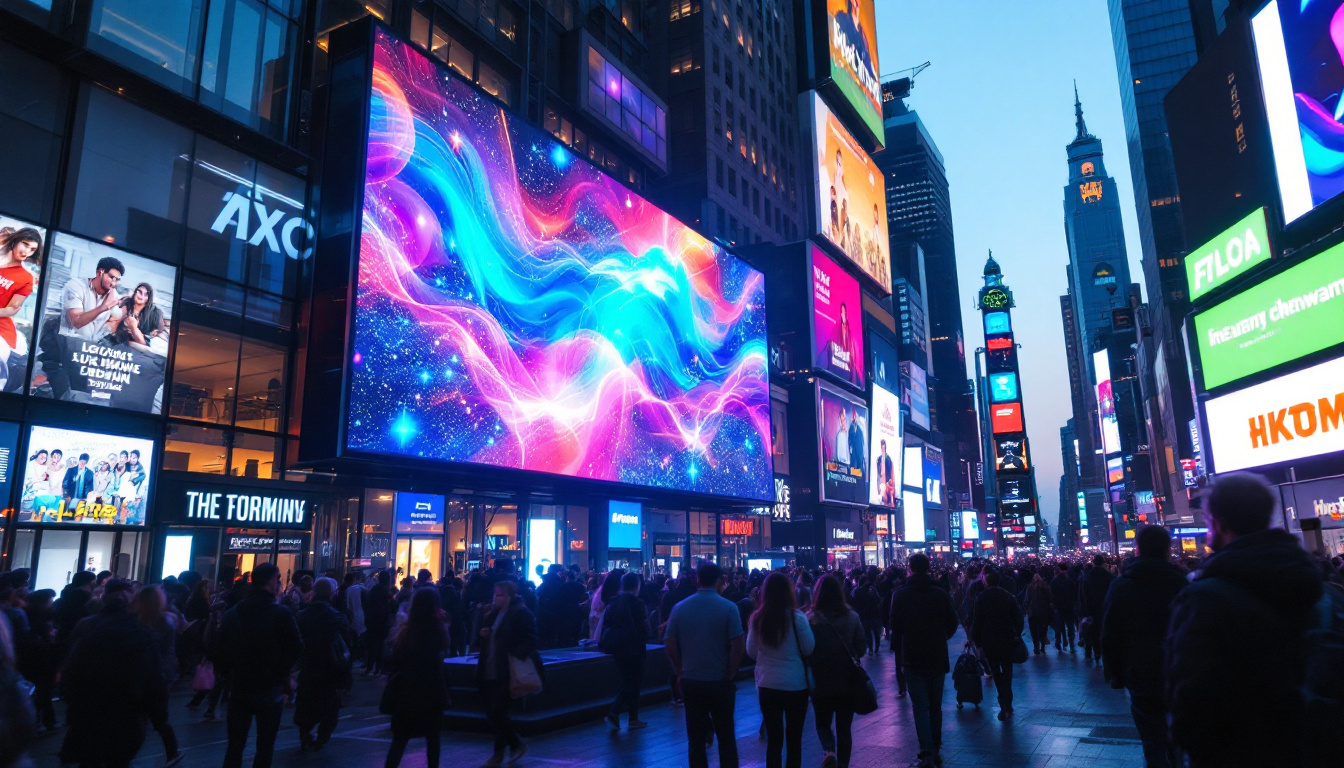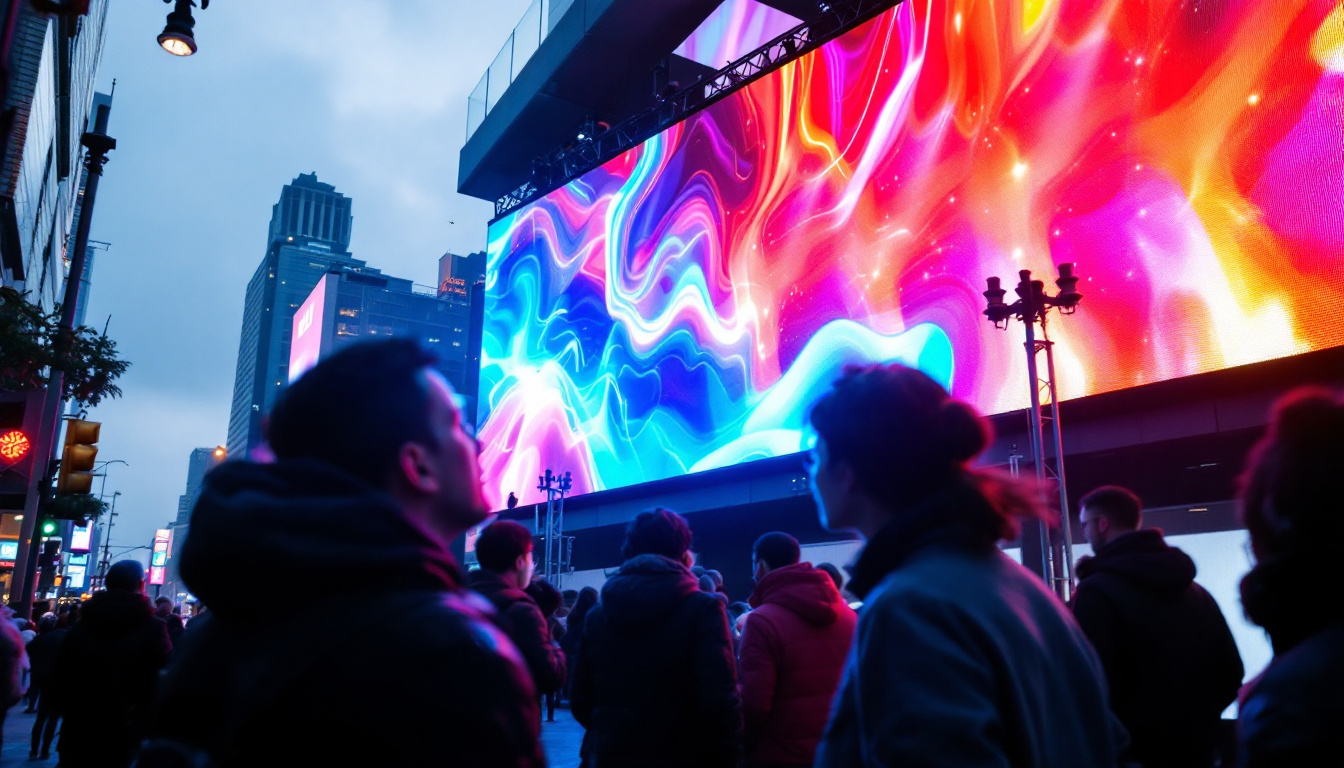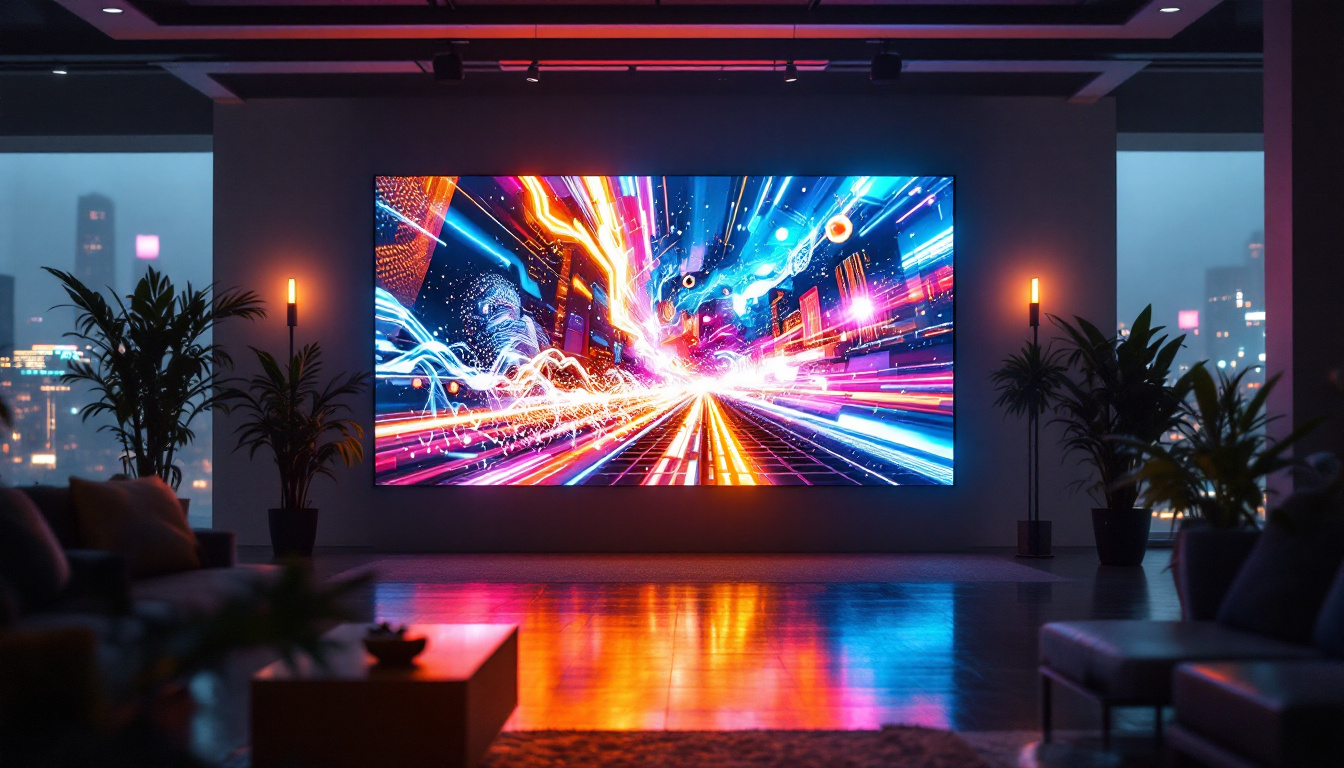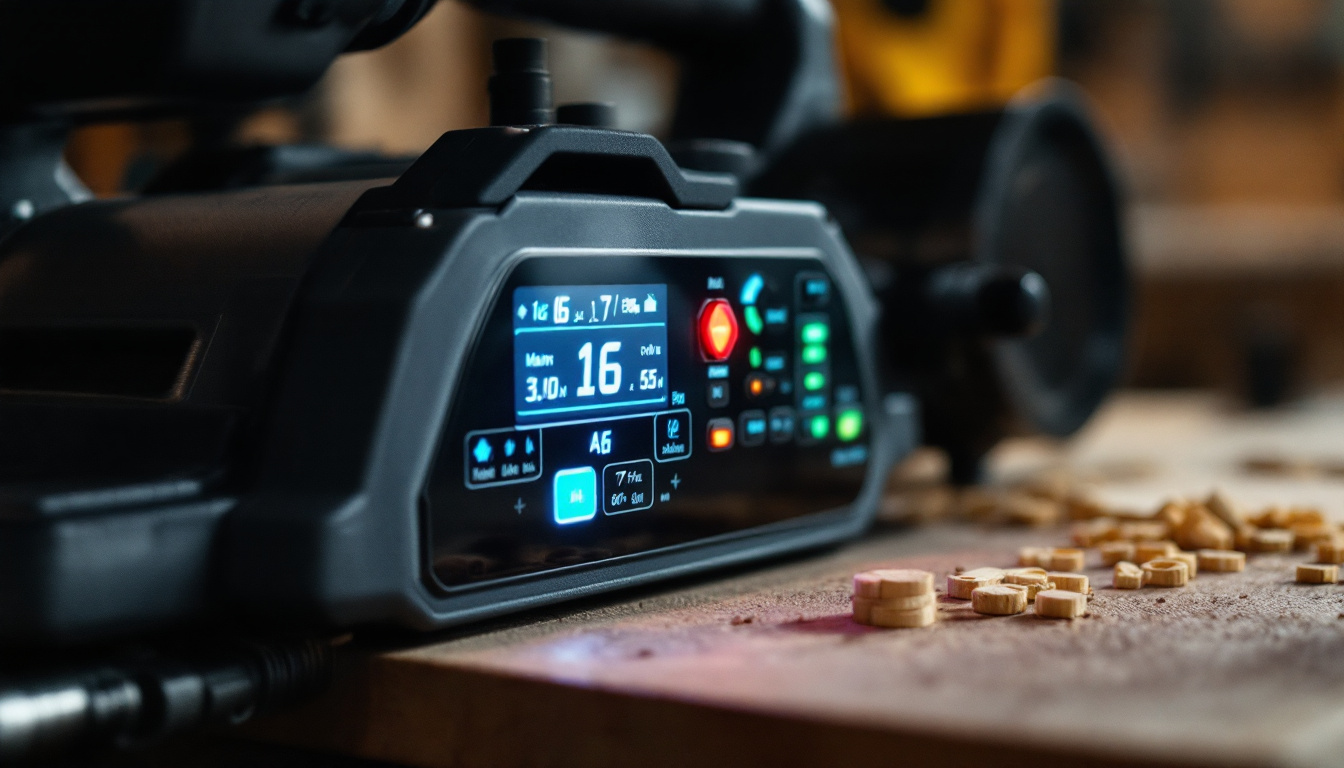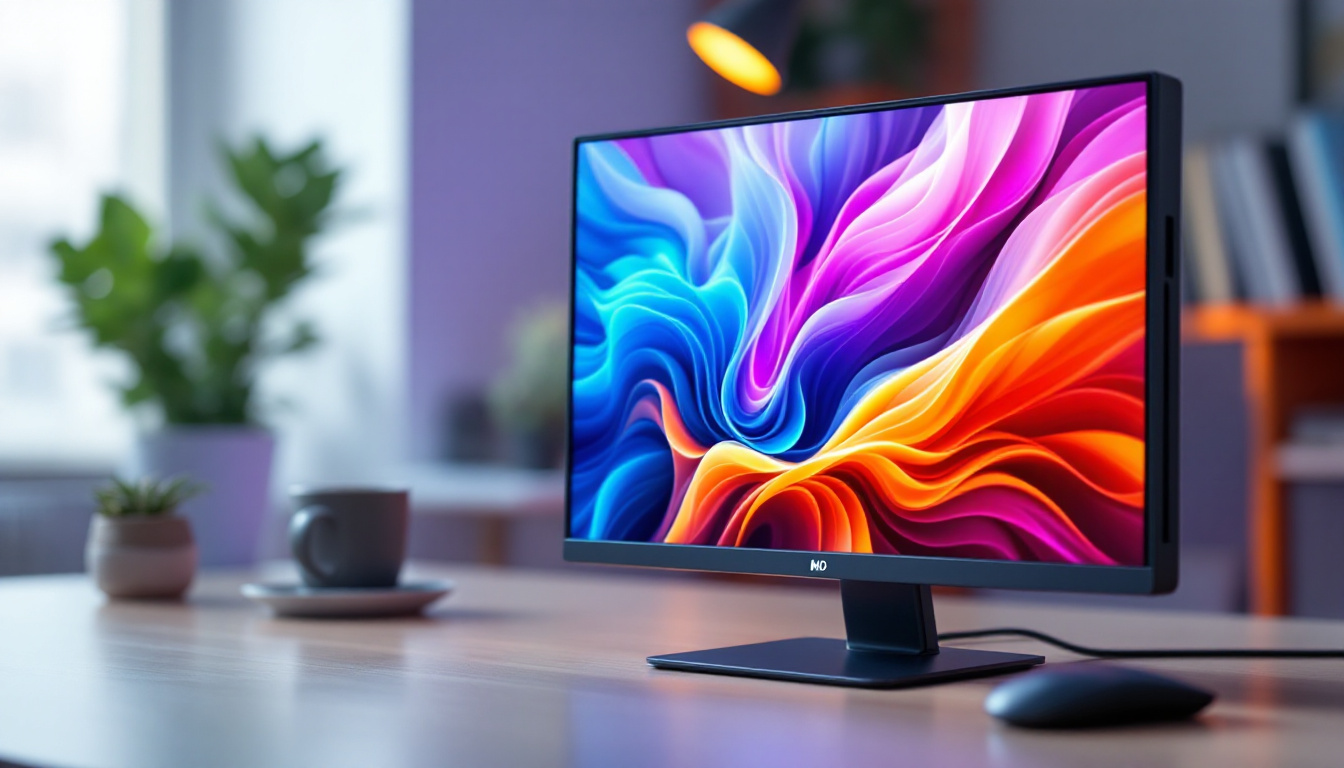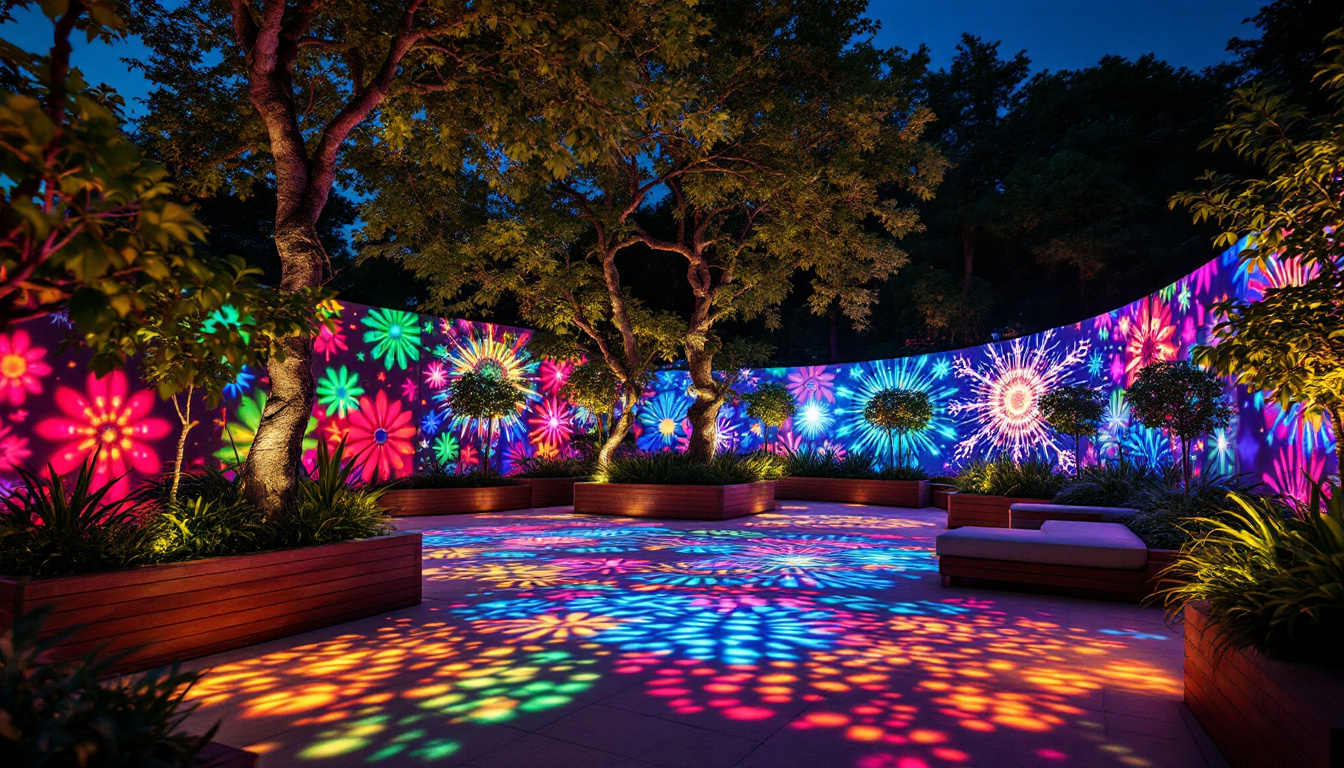The evolution of display technology has significantly transformed the way we interact with screens, whether for entertainment, work, or communication. Among the latest advancements is the thin bezel curved display, which combines aesthetic appeal with functional benefits. This article delves into the intricacies of LED displays, focusing on thin bezel and curved designs, their advantages, and their applications in various fields.
Understanding LED Display Technology
LED (Light Emitting Diode) displays have become the standard for modern screens, largely due to their superior brightness, energy efficiency, and longevity. Unlike traditional LCDs that rely on backlighting, LED displays utilize diodes to emit light directly, resulting in vibrant colors and deeper blacks.
How LED Displays Work
At the core of LED technology are tiny semiconductor devices that convert electricity into light. These diodes are arranged in a grid, and when activated, they produce bright images. The arrangement can vary, leading to different types of LED displays, including full-array, edge-lit, and OLED.
Full-array displays feature LEDs placed behind the entire screen, allowing for more uniform brightness and better contrast. Edge-lit displays, on the other hand, have LEDs positioned along the edges, which can lead to thinner designs but may sacrifice some brightness uniformity. OLED (Organic LED) displays take this technology a step further by using organic compounds to produce light, resulting in even richer colors and deeper blacks. This advancement has made OLED displays particularly popular in high-end televisions and smartphones, where picture quality is paramount.
Benefits of LED Displays
LED displays offer numerous advantages over traditional technologies. Their energy efficiency means lower electricity bills and a reduced carbon footprint. Additionally, LED displays can achieve higher brightness levels, making them suitable for various environments, from dimly lit rooms to bright outdoor settings.
Moreover, the longevity of LED displays is noteworthy. They can last up to 50,000 hours or more, significantly reducing the need for frequent replacements. This durability, combined with their lightweight and slim profiles, makes them ideal for a wide range of applications, from consumer electronics to commercial signage. Furthermore, LED technology is constantly evolving, with innovations such as microLED and miniLED paving the way for even more advanced display solutions. These newer technologies promise to enhance color accuracy and contrast ratios, making the viewing experience even more immersive. As a result, industries such as gaming, film production, and advertising are increasingly turning to LED displays to captivate their audiences and deliver stunning visual content.
The Rise of Thin Bezel Displays
As technology progresses, consumers increasingly seek devices that maximize screen real estate without compromising on aesthetics. thin bezel displays have emerged as a popular solution, providing a more immersive viewing experience while maintaining a sleek design.
What is a Thin Bezel Display?
A thin bezel display is characterized by its minimal border surrounding the screen. This design not only enhances the visual appeal but also allows for larger screens in smaller frames. The reduction of bezels creates a more seamless look, making it easier for users to focus on the content without distractions.
Manufacturers achieve thin bezels by employing advanced engineering techniques, including edge-to-edge glass and innovative mounting solutions. This trend has been particularly prevalent in televisions, computer monitors, and smartphones, where consumers favor designs that maximize viewing areas. The shift towards thin bezels is not just a cosmetic change; it reflects a broader movement towards more efficient use of materials and space in product design, aligning with sustainable practices that many companies are now prioritizing.
Advantages of Thin Bezel Displays
The primary advantage of thin bezel displays is the enhanced immersive experience they provide. By minimizing distractions, users can enjoy a more cinematic experience when watching movies or playing video games. This is particularly beneficial in multi-screen setups, where the continuity between displays is crucial. Gamers, for instance, benefit from the uninterrupted visuals that thin bezels offer, allowing for a more engaging and fluid gaming experience that can enhance performance and enjoyment.
Furthermore, thin bezels contribute to a modern aesthetic that appeals to contemporary consumers. In an age where design plays a significant role in purchasing decisions, devices with sleek, minimalistic designs tend to attract more attention. This trend is evident in the growing popularity of ultra-thin televisions and monitors that seamlessly blend into home and office environments. Additionally, the rise of remote work has led to an increased demand for stylish yet functional home office setups, where thin bezel displays not only serve a practical purpose but also elevate the overall design of the workspace. As more people prioritize aesthetics alongside functionality, the thin bezel trend is likely to continue shaping the future of display technology.
Exploring Curved Displays
Curved displays represent another innovative advancement in screen technology. By bending the screen slightly, manufacturers aim to enhance the viewing experience and provide a more immersive feel.
The Science Behind Curved Displays
The curvature of a display is designed to mimic the natural curvature of the human eye. This design can enhance depth perception and provide a wider field of view, making images appear more lifelike. Curved displays are particularly popular in gaming and cinematic experiences, where immersion is key.
Additionally, the curvature can reduce glare and reflections, making it easier to view content from various angles. This feature is particularly beneficial in multi-user environments, where viewers may be seated at different positions relative to the screen.
Benefits of Curved Displays
Curved displays offer several advantages over their flat counterparts. One of the most significant benefits is the enhanced immersion they provide. Gamers and movie enthusiasts often report feeling more engaged with content on a curved screen, as the design envelops the viewer, creating a more dynamic experience.
Moreover, curved displays can improve viewing comfort. The slight bend allows for a more natural viewing angle, reducing eye strain during extended use. This ergonomic advantage is particularly appealing for professionals who spend long hours in front of their screens.
Combining Thin Bezels and Curved Displays
The combination of thin bezels and curved displays represents the pinnacle of modern screen technology. This fusion not only enhances the visual appeal of devices but also amplifies the immersive experience for users.
Enhanced Aesthetics and Functionality
Devices that feature both thin bezels and curved designs are often seen as premium products. The sleek lines and modern aesthetics cater to consumers who value style as much as performance. This combination is particularly evident in high-end televisions and gaming monitors, where manufacturers strive to create visually stunning products that stand out in the market.
Functionally, the synergy between thin bezels and curved displays enhances the overall user experience. The reduction in distractions from bezels, combined with the immersive nature of a curved screen, creates an environment where users can fully engage with the content. Whether watching a movie, gaming, or working on creative projects, the benefits are clear.
Applications of Thin Bezel Curved Displays
Thin bezel curved displays have found applications in various fields, ranging from consumer electronics to professional environments. In the realm of entertainment, these displays are ideal for home theaters, providing an immersive viewing experience that captivates audiences.
In the gaming industry, curved monitors with thin bezels have gained popularity among gamers seeking an edge in competitive play. The enhanced field of view and reduced distractions contribute to a more engaging experience, allowing players to focus on their performance.
Moreover, in professional settings, thin bezel curved displays are increasingly used in design studios and offices. The ergonomic benefits and improved viewing angles make them suitable for collaborative work, where multiple individuals may need to view the screen simultaneously.
Challenges and Considerations
While thin bezel curved displays offer numerous benefits, they are not without challenges. Understanding these challenges is essential for consumers and manufacturers alike.
Potential Drawbacks of Curved Displays
One of the primary concerns with curved displays is the potential for distortion. Depending on the curvature and viewing angle, some users may experience a warped image, particularly in larger screens. This can be particularly noticeable in applications where precision is key, such as graphic design or photo editing.
Additionally, curved displays can be more expensive to manufacture than flat screens, leading to higher retail prices. Consumers must weigh the benefits against the costs when considering these devices for their homes or offices.
Choosing the Right Display
When selecting a thin bezel curved display, several factors should be considered. Screen size, resolution, and curvature are all critical elements that can impact the overall experience. Consumers should assess their specific needs, such as intended use and viewing distance, to find the right match.
Furthermore, it is essential to consider the brand and model. Researching reviews and seeking recommendations can help identify reliable products that meet performance expectations. Investing in a quality display can significantly enhance the viewing experience, whether for work or leisure.
The Future of Display Technology
As technology continues to advance, the future of display technology looks promising. Innovations in materials, manufacturing processes, and design are likely to lead to even more refined thin bezel curved displays.
Emerging Trends
One emerging trend is the integration of smart technology into displays. As smart home devices become more prevalent, the ability to control and interact with displays through voice commands and mobile apps will likely become standard. This integration will enhance functionality and convenience for users.
Additionally, advancements in display resolution, such as 8K and beyond, will further elevate the viewing experience. Higher resolutions combined with thin bezels and curved designs will create stunning visuals that captivate audiences across various applications.
Conclusion
The thin bezel curved display represents a significant leap forward in display technology, combining aesthetic appeal with functional benefits. As consumers continue to seek immersive experiences, these displays are likely to become increasingly popular in homes, offices, and entertainment venues.
Understanding the intricacies of LED displays, the advantages of thin bezels, and the immersive nature of curved designs can empower consumers to make informed decisions. As technology evolves, the future of displays promises to bring even more exciting innovations, enhancing how we interact with screens in our daily lives.
Discover the Future with LumenMatrix Displays
Ready to immerse yourself in the next generation of display technology? LumenMatrix is at the forefront of crafting LED display modules that not only enhance brand visibility but also provide mesmerizing visual experiences. From the comfort of your home to the vibrancy of outdoor settings, our range of solutions—including Indoor and Outdoor LED Wall Displays, Vehicle LED Displays, and more—caters to every need. Embrace the revolution in visual communication with LumenMatrix and let your business’s message resonate with unparalleled impact. Check out LumenMatrix LED Display Solutions today and step into a world of vivid clarity and engagement.



